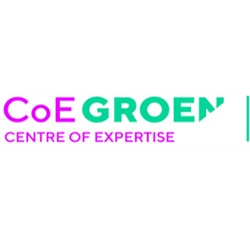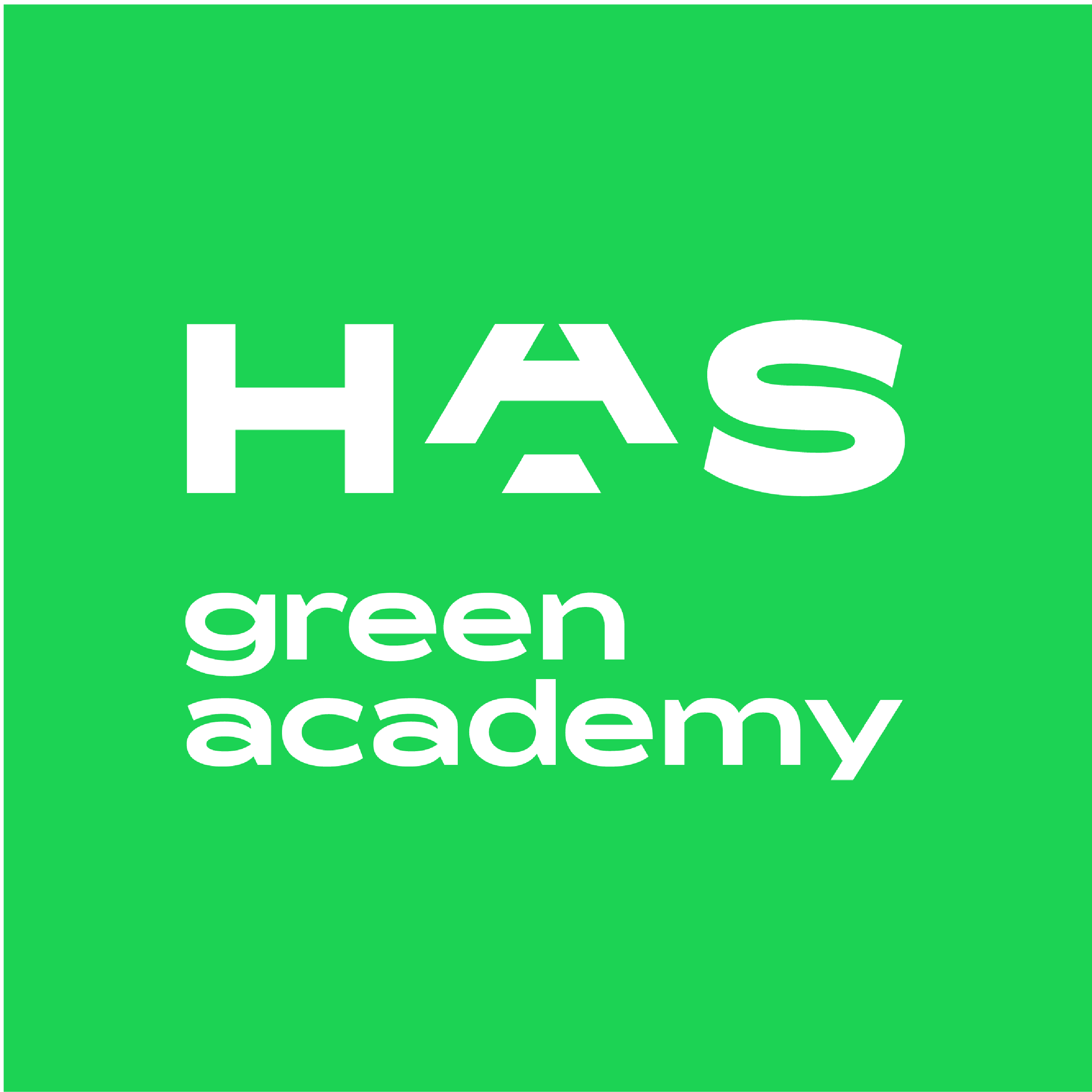Cartoon report met Live drawings van Daniel -Danibal- Hentschel, tijdens workshop 'Co-Creating beyond green', Society 5.0 festival, Amsterdam. Een workshop georganiseerd door Marije Kanis, Astrid Lubsen, Annika Kuijper en Mark van Wees, in het kader van project Samen zichtbaar duurzaam.
MULTIFILE
Author supplied: Within the Netherlands the interest for sustainability is slowly growing. However, most organizations are still lagging behind in implementing sustainability as part of their strategy and in developing performance indicators to track their progress; not only in profit organizations but in higher education as well, even though sustainability has been on the agenda of the higher educational sector since the 1992 Earth Summit in Rio, progress is slow. Currently most initiatives in higher education in the Netherlands have been made in the greening of IT (e.g. more energy efficient hardware) and in implementing sustainability as a competence in curricula. However if we look at the operations (the day to day processes and activities) of Dutch institutions for higher education we just see minor advances. In order to determine what the best practices are in implementing sustainable processes, We have done research in the Netherlands and based on the results we have developed a framework for the smart campus of tomorrow. The research approach consisted of a literature study, interviews with experts on sustainability (both in higher education and in other sectors), and in an expert workshop. Based on our research we propose the concept of a Smart Green Campus that integrates new models of learning, smart sharing of resources and the use of buildings and transport (in relation to different forms of education and energy efficiency). Flipping‐the‐classroom, blended learning, e‐learning and web lectures are part of the new models of learning that should enable a more time and place independent form of education. With regard to smart sharing of resources we have found best practices on sharing IT‐storage capacity among universities, making educational resources freely available, sharing of information on classroom availability and possibilities of traveling together. A Smart Green Campus is (or at least is trying to be) energy neutral and therefore has an energy building management system that continuously monitors the energy performance of buildings on the campus. And the design of the interior of the buildings is better suited to the new forms of education and learning described above. The integrated concept of Smart Green Campus enables less travel to and from the campus. This is important as in the Netherlands about 60% of the CO2 footprint of a higher educational institute is related to mobility. Furthermore we advise that the campus is in itself an object for study by students and researchers and sustainability should be made an integral part of the attitude of all stakeholders related to the Smart Green Campus. The Smart Green Campus concept provides a blueprint that Dutch institutions in higher education can use in developing their own sustainability strategy. Best practices are shared and can be implemented across different institutions thereby realizing not only a more sustainable environment but also changing the attitude that students (the professionals of tomorrow) and staff have towards sustainability.
DOCUMENT

The development of the World Wide Web, the emergence of social media and Big Data have led to a rising amount of data. Infor¬mation and Communication Technol¬ogies (ICTs) affect the environment in various ways. Their energy consumption is growing exponentially, with and without the use of ‘green’ energy. Increasing envi¬ronmental aware¬ness has led to discussions on sustainable development. The data deluge makes it not only necessary to pay attention to the hard‑ and software di¬mensions of ICTs but also to the ‘value’ of the data stored. In this paper, we study the possibility to methodically reduce the amount of stored data and records in organizations based on the ‘value’ of informa¬tion, using the Green Archiving Model we have developed. Reducing the amount of data and records in organizations helps in allowing organizations to fight the data deluge and to realize the objectives of both Digital Archiving and Green IT. At the same time, methodi¬cally deleting data and records should reduce the con¬sumption of electricity for data storage. As a consequencs, the organizational cost for electricity use should be reduced. Our research showed that the model can be used to reduce [1] the amount of data (45 percent, using Archival Retention Levels and Retention Schedules) and [2] the electricity con¬sumption for data storage (resulting in a cost reduction of 35 percent). Our research indicates that the Green Ar¬chiving Model is a viable model to reduce the amount of stored data and records and to curb electricity use for storage in organi¬zations. This paper is the result of the first stage of a research project that is aimed at devel¬oping low power ICTs that will automa¬tically appraise, select, preserve or permanently delete data based on their ‘value’. Such an ICT will automatically reduce storage capacity and reduce electricity con¬sumption used for data storage. At the same time, data dispos¬al will reduce overload caused by storing the sa¬me data in different for¬mats, it will lower costs and it reduces the po¬tential for liability.
DOCUMENT

MUSE supports the CIVITAS Community to increase its impact on urban mobility policy making and advance it to a higher level of knowledge, exchange, and sustainability.As the current Coordination and Support Action for the CIVITAS Initiative, MUSE primarily engages in support activities to boost the impact of CIVITAS Community activities on sustainable urban mobility policy. Its main objectives are to:- Act as a destination for knowledge developed by the CIVITAS Community over the past twenty years.- Expand and strengthen relationships between cities and stakeholders at all levels.- Support the enrichment of the wider urban mobility community by providing learning opportunities.Through these goals, the CIVITAS Initiative strives to support the mobility and transport goals of the European Commission, and in turn those in the European Green Deal.Breda University of Applied Sciences is the task leader of Task 7.3: Exploitation of the Mobility Educational Network and Task 7.4: Mobility Powered by Youth Facilitation.
In this proposal, a consortium of knowledge institutes (wo, hbo) and industry aims to carry out the chemical re/upcycling of polyamides and polyurethanes by means of an ammonolysis, a depolymerisation reaction using ammonia (NH3). The products obtained are then purified from impurities and by-products, and in the case of polyurethanes, the amines obtained are reused for resynthesis of the polymer. In the depolymerisation of polyamides, the purified amides are converted to the corresponding amines by (in situ) hydrogenation or a Hofmann rearrangement, thereby forming new sources of amine. Alternatively, the amides are hydrolysed toward the corresponding carboxylic acids and reused in the repolymerisation towards polyamides. The above cycles are particularly suitable for end-of-life plastic streams from sorting installations that are not suitable for mechanical/chemical recycling. Any loss of material is compensated for by synthesis of amines from (mixtures of) end-of-life plastics and biomass (organic waste streams) and from end-of-life polyesters (ammonolysis). The ammonia required for depolymerisation can be synthesised from green hydrogen (Haber-Bosch process).By closing carbon cycles (high carbon efficiency) and supplementing the amines needed for the chain from biomass and end-of-life plastics, a significant CO2 saving is achieved as well as reduction in material input and waste. The research will focus on a number of specific industrially relevant cases/chains and will result in economically, ecologically (including safety) and socially acceptable routes for recycling polyamides and polyurethanes. Commercialisation of the results obtained are foreseen by the companies involved (a.o. Teijin and Covestro). Furthermore, as our project will result in a wide variety of new and drop-in (di)amines from sustainable sources, it will increase the attractiveness to use these sustainable monomers for currently prepared and new polyamides and polyurethanes. Also other market applications (pharma, fine chemicals, coatings, electronics, etc.) are foreseen for the sustainable amines synthesized within our proposition.
Carboxylated cellulose is an important product on the market, and one of the most well-known examples is carboxymethylcellulose (CMC). However, CMC is prepared by modification of cellulose with the extremely hazardous compound monochloracetic acid. In this project, we want to make a carboxylated cellulose that is a functional equivalent for CMC using a greener process with renewable raw materials derived from levulinic acid. Processes to achieve cellulose with a low and a high carboxylation degree will be designed.
Centre of Expertise, onderdeel van Hogeschool Van Hall Larenstein, HAS green academy, Aeres Hogeschool

Lectoraat, onderdeel van HAS green academy

Centre of Expertise, onderdeel van NHL Stenden Hogeschool
